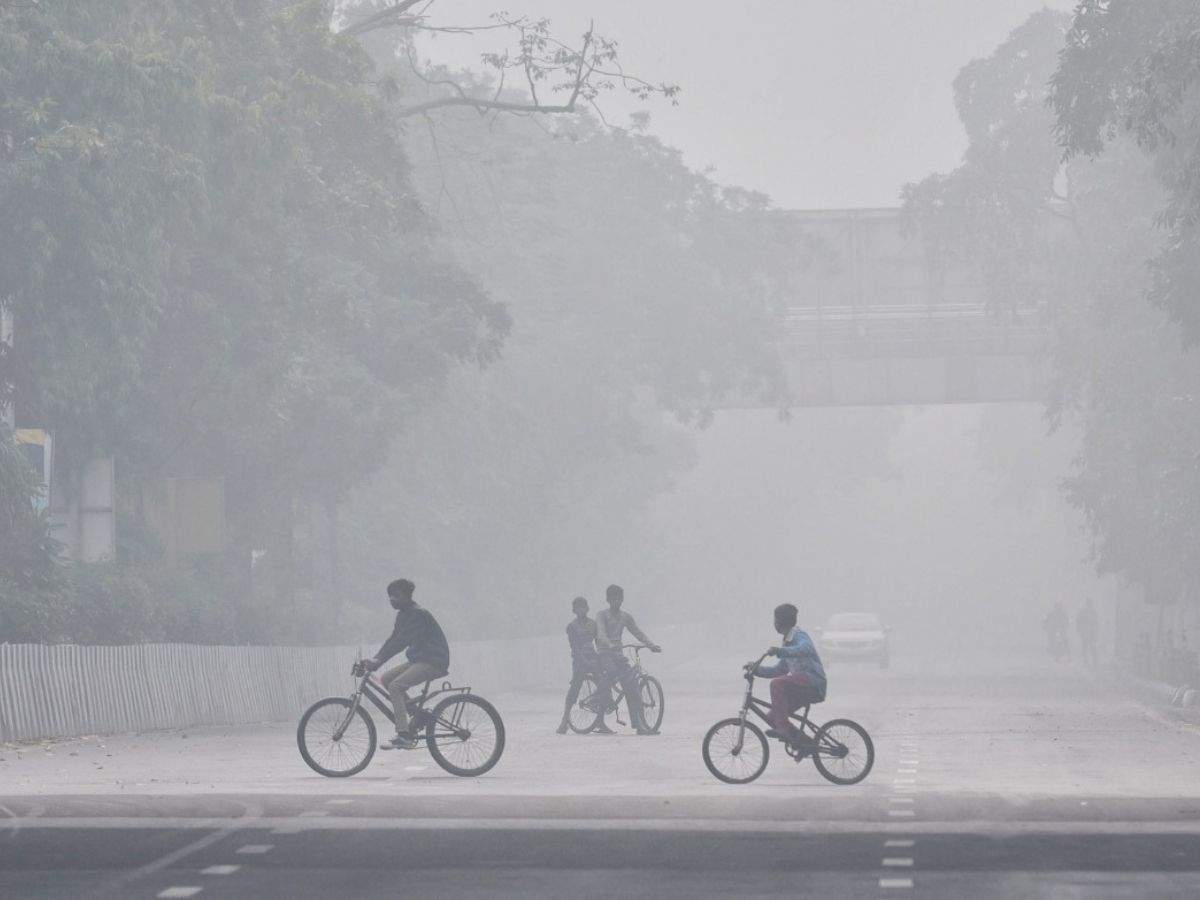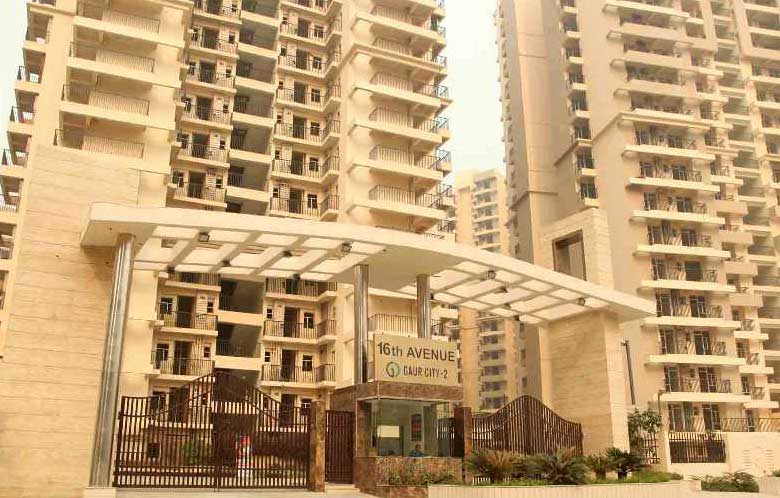
The national capital region (NCR) was the most polluted in Ghaziabad on Monday. Due to rain, the air quality had increased for four days, but on Monday, the level of air purity again declined. According to Pollution Index App ‘Sameer, the Air Quality Index (AQI) was recorded at 300 in Ghaziabad, 297 in Greater Noida, and 275 in Noida. On Monday, AQI 250 in Delhi, 233 in Baghpat, 300 in Bulandshahar, and AQI 96 in Hapur.
However, improvement in air quality was recorded in the cities of Haryana. On the same day, AQI 240 in Faridabad, AQI 196 in Gurugram, and 214 were reported in Agra. Today AQI stood at 114 in Ballabhgarh, 118 in Bhiwani, and 198 in Meerut. Show that the air quality index between zero and 50 is ‘good, between 51 and 100’ satisfactory, between 101 and 200 ‘medium’, 201 to 300 ‘poor’, 301 to 400 ‘very poor’ and 401 Between 500 ‘is considered to be in the serious category.
With rising cold, air quality was recorded as ‘very poor’ in the entire NCR including Noida and Ghaziabad, and ‘poor’ in Gurugram and Faridabad. According to the Central Pollution Control Board (CPCB), the presence of pollutants PM2.5 and PM10 has also been higher in Noida, Greater Noida, Ghaziabad, Gurugram, and Faridabad, located near Delhi.
Significantly, the air quality index between zero and 50 is ‘good, between 51 and 100’ satisfactory, between 101 and 200 ‘medium’, 201 to 300 ‘poor’, 301 to 400 ‘very poor’ and 401. Between 500 ‘is considered to be in the serious category.
According to CPCB’s Sameer App, the 24-hour average air quality index at 34 pm on Sunday evening was 346 in Ghaziabad and Greater Noida, 333 in Noida, 294 in Faridabad, and 262 in Gurugram. On Saturday, the average air quality index was 301 in Noida, 295 in Ghaziabad, 292 in Greater Noida, 260 in Faridabad, and 260 in Gurugram. The Central Pollution Control Board said air quality index for a long time “living in the very poor category can cause respiratory illness while people from” poor category may suffer from breathing problems.






